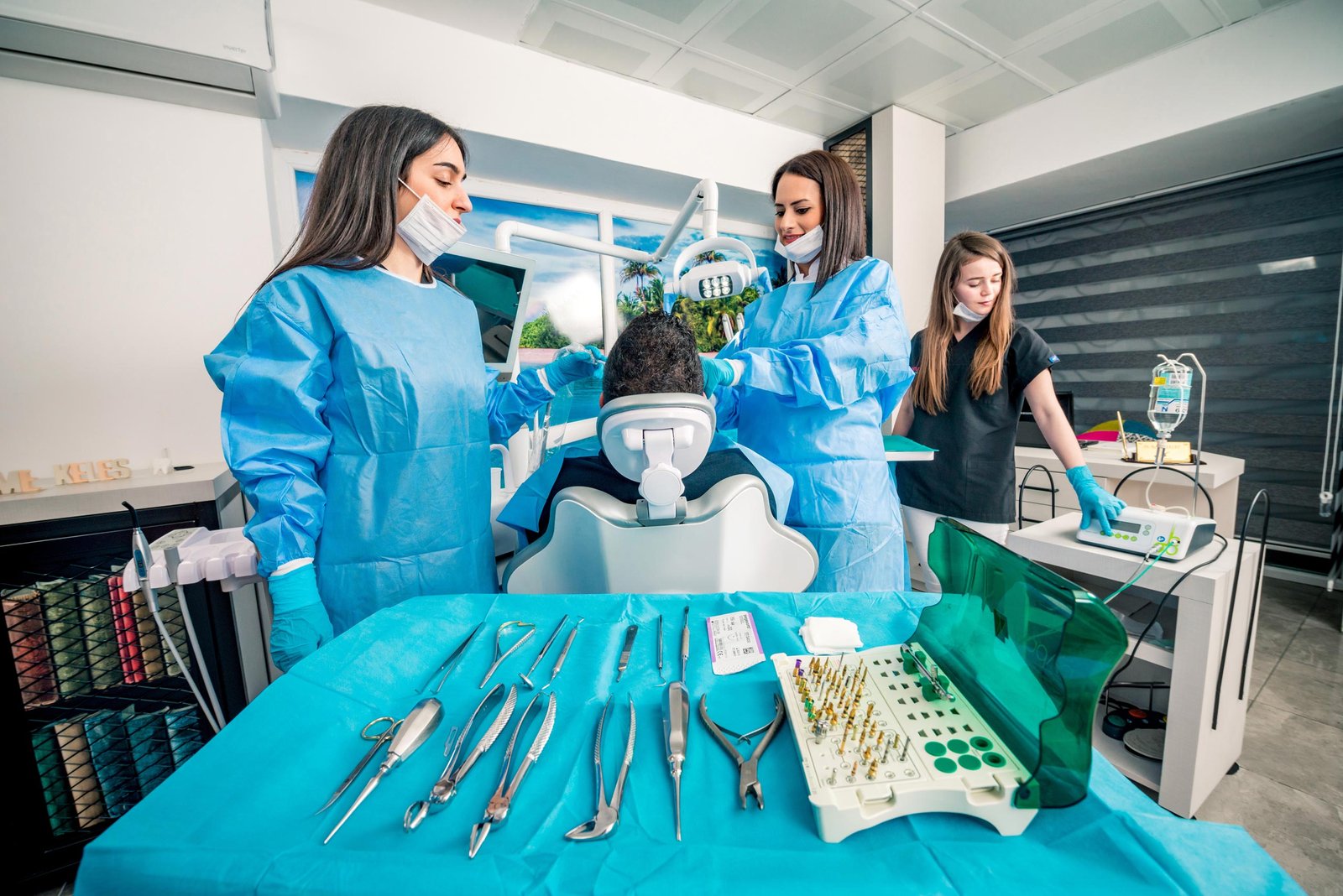Dental damage includes broken or fractured teeth or jaw bones, torn lips or gums, or bitten tongues
Dental tissue trauma is a serious injury to one or more parts of your mouth. Your injury may include damage to any of your teeth, the tooth socket, the tooth root, or your jaw. You can also have injuries to the soft tissues of your mouth. These include your tongue, cheeks, gums, and lips. Severe injuries can expose the soft pulp inside the tooth.
Anybody can experience dental trauma from birth, through accidents, sports injuries, and temperatures of certain foods that can scald the mouth. Typical dental damage includes broken or fractured teeth or jaw bones, torn lips or gums, or bitten tongues. However sometimes people are born with genetic conditions such as severe malocclusion that can contribute to dental trauma too.
Depending on the damage to the mouth and how it occurred, symptoms of dental trauma can differ from mild inflammation to the gums, inner cheeks, tongue or palate, to torn or scalded oral tissue that bruises or blisters. When a tooth breaks, the brittle bone can tear the inner mouth tissue too and cause swelling and pain.
If a tooth is entirely knocked out and the socket where the root was does not clot, this can bleed and feel extremely painful. A broken jaw will severely affect the teeth structure, alignment and bite feeling painful when moving the jaws to open or close the mouth.
The treatment for dental trauma depends on which part of the mouth is affected, how severe the damage is, and the patient’s oral health and overall wellbeing. Damage to the mouth can range from broken jaws and teeth to soft tissue injuries. Our resident dentist will examine your mouth to see what the dental trauma is and how best to treat your specific condition.
In general, for soft tissue injuries, pressure can be placed on the wound site with a cold compress to help the blood clot, to reduce swelling, and to aid healing. The mouth may be disinfected and a prescription for oral ointment or painkillers may be provided as needed.
With more severe tooth and jaw injuries, a dentist should be consulted immediately for treatment to see if the tooth can be saved and restored, or if it needs extracting and replacing with a substitute tooth like an implant or bridge.
Treatment is necessary to prevent further dental trauma through teeth misalignment and irregularities to jaw structures that can leave the facial appearance looking unattractively disproportionate and cause ill health through infections.
When any part of the mouth is damaged, even cut or scalded, there is a higher likelihood of bacterial infection with plaque and tartar build-up that can cause tooth decay and gum disease. These infections can have a knock-on effect to overall health resulting in headaches, hypertension or heart disease.
Teeth that are cracked or are knocked out, can cause misalignment to the teeth structure that affects the positioning of the jaw and the movement of facial muscles. A broken jaw is more extreme and can lead to severe facial pain or deformity if not treated.
The state of our mouths and facial appearance can impact self-esteem, our relationships with others, and our opportunities in life. Treating dental trauma gives renewed oral health, overall wellbeing, and confidence in our own look and identity.
The procedures involved in treating dental trauma depend on the type of treatment required but can range from dental cleaning, Endodontic treatments like root canal or tooth extractions, Orthodontic treatments for malocclusion and bite, or surgeries such as for jaw and facial reconstructions. Other procedures may follow certain treatments, such as a crown or implant after root canal treatment or Invisalign braces after enameloplasty treatment.
If you have experienced dental trauma and need treatment, contact us for an examination and timely treatment to restore your mouth to natural health that will give you a sense of wellbeing and confidence when you smile.

